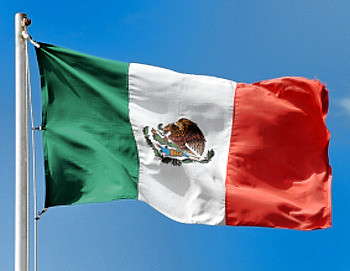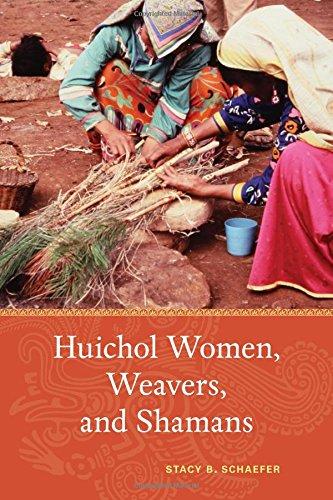Happy birthday, Mexico! On 16 September 2018, Mexico celebrates the 208th anniversary of its independence from Spain.
When was Mexico’s War of Independence?
The long struggle for independence began on 16 September 1810; independence was finally “granted” by Spain in 1821.
Want some map-related geographic trivia associated with the War of Independence?
Events in the War of Independence called for an accurate map of Lake Chapala, Mexico’s largest natural lake. The cartographer for this map was José María Narváez, whose major contributions to Mexican cartography in succeeding decades have largely been forgotten.
The first truly national map, compiled in 1857-1858 from a meticulous reconciling of the work of numerous local cartographers, was drawn by Antonio García Cubas. García Cubas did not graduate from university until a few years after completing this map!
Nationalism and the start of Mexico-USA migration, but not in the direction you might think…
Following independence, the rush was on to draw an accurate map of all of Mexico’s territory. Mexico’s boundaries following independence were very different to today. Flows of migrants linking the USA to Mexico at that time were from the USA to Mexico, the reverse of the direction of more recent flows, which have seen millions of Mexicans migrate north looking for work:
- Mexicans tried to prevent Americans from migrating to Texas
- Mexicans gradually reoccupying their former territory in the USA
Some national symbols are not quite what you might think, either!
The story of the national emblem (used on coins, documents and the flag) of an eagle devouring a serpent, while perched on a prickly-pear cactus, is well known. Or is it?
- Did You Know? Some national symbols in Mexico are not what they seem
- For more about Mexico’s national symbols, see chapter 18 of Mexican Kaleidoscope: myths, mysteries and mystique.
Why is “El Grito” held on the night of 15 September each year?
In 1910, then president Porfirio Díaz decided that the centenary of Mexican independence should be celebrated in style. One of the reasons why the “traditional” Grito (“shout”) is made on 15 September each year, rather than on the morning of 16 September (when Father Miguel Hidalgo apparently gathered his parishioners in revolt) is because 15 September 1910 happened to be Díaz’s 80th birthday. Why not have one big bash and celebrate both president and country at the same time? Even though the Mexican Revolution broke out later that year (and Díaz was later exiled to Paris), Mexico continues to start its annual independence-day celebrations on the evening of 15 September.
Not to be confused with Cinco de Mayo (5 May)
Many people incorrectly assume that Cinco de Mayo (5 May) is Mexico’s independence day. The Cinco de Mayo has nothing to do with Independence, but everything to do with a famous victory over the French. It commemorates the Battle of Puebla, fought on May 5, 1862. The battle marks Mexico’s only major military success since independence:
Independent country, independent book:
Mexico has come a long way in 200 years, but amazingly, to the best of our knowledge, Geo-Mexico: the geography and dynamics of modern Mexico, is the first-ever book in English focused exclusively on the nation’s varied and fascinating geography.
¡Viva Mexico!


